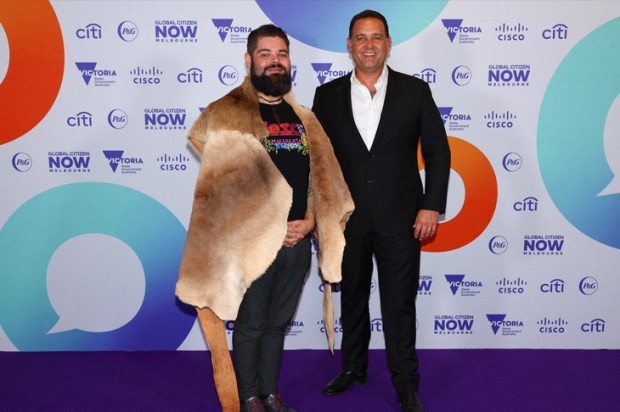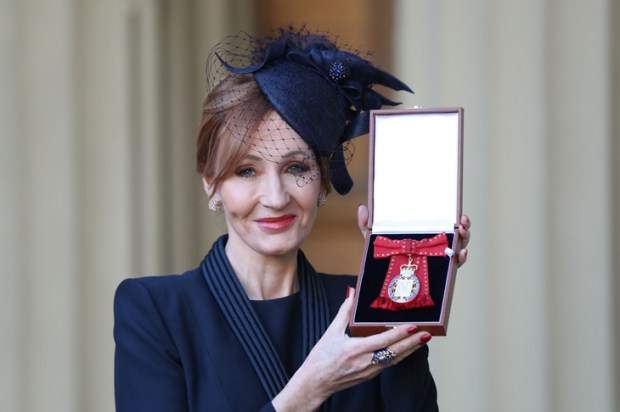A Speccie reader has emailed asking me for an explanation of the word ‘climatarian’. We know what Presbyterians are, she wrote, but who are Climatarians?
The word was coined in 2005 by a group of researchers of the Oxford University and later used in an article in the Times in 2008 to define people who only eat food produced in a sustainable way. In other words, ‘climatarian’ is an adaptation of ‘vegetarian’ (meaning someone who abstains from eating meat, and first recorded from 1842). But with this difference – the word ‘climatarian’ is meant to convey someone with a passion amounting to a religious fervour. There was always a hint of self-righteousness in the ‘vegetarian’ but is taken further in the ‘climatarian’ movement which sees itself not as preventing animal suffering but saving the entire planet.
So, what do climatarians eat? They claim that 14.5 per cent of the world’s CO2 emissions come from large animal farming and dairies. So that means no red meat (although chicken and fish are okay) and no dairy products. They also try to ‘eat local’ to reduce transport emissions. The ‘climatarian’ faith also allows its adherents to look down on the rest of us as they pursue their path to global salvation.
Do I seem as if I’m not taking these people seriously? Sorry. But it is difficult not to be a bit jokey about people who take themselves so desperately seriously. Climatarians are also campaigners whose main message to the rest of us: ‘You’re all wrong! So stop eating roast lamb and stop throwing beef sausages on the barbie!’ (They seem not to have noticed that if China and India maintain their emissions rate forgoing that delicious medium rare T-bone steak will achieve precisely nothing.)
Got something to add? Join the discussion and comment below.
Get 10 issues for just $10
Subscribe to The Spectator Australia today for the next 10 magazine issues, plus full online access, for just $10.
You might disagree with half of it, but you’ll enjoy reading all of it. Try your first month for free, then just $2 a week for the remainder of your first year.














Comments
Don't miss out
Join the conversation with other Spectator Australia readers. Subscribe to leave a comment.
SUBSCRIBEAlready a subscriber? Log in